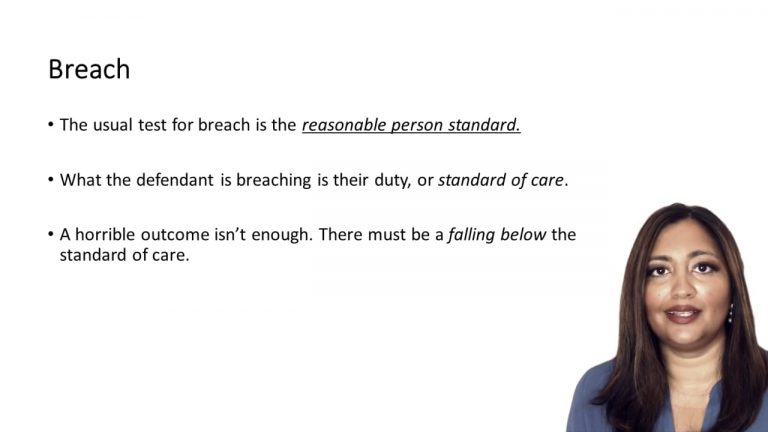SmartBrief
Confirm favorite deletion?
Business Organizations Keyed to Macey
DeBaun v. First Western Bank and Trust Co.
Citation:
120 Cal. Rptr. 354 (1975)Facts
After S. Johnson Incorporated was incorporated by Alfred S. Johnson in 1955 to process color photographs to be reproduced in printed form. Johnson sold 20 of his 100 shares to James DeBaun and 10 shares to Walter Stephens. Johnson died testate. His will named appellant First Western Bank and Trust Company as executor and trustee of a trust created by the will. George Furman, an employee of Bank, was charged with the direct administration of the trust. On October 27, 1966, Bank’s trust department determined that the investment in corporation was not appropriate for the trust and decided to sell the 70 shares. DeBaun and Stephens were not told of the Bank’s plans. Respondents filed two actions against Bank. One asserted their right to recover, as shareholders, for damage caused by Bank. The other was a stockholders’ derivative action brought on behalf of corporation.
Only StudyBuddy Pro offers the complete Case Brief Anatomy*
Access the most important case brief elements for optimal case understanding.
*Case Brief Anatomy includes: Brief Prologue, Complete Case Brief, Brief Epilogue
- The Brief Prologue provides necessary case brief introductory information and includes:
Topic:
Identifies the topic of law and where this case fits within your course outline.Parties:
Identifies the cast of characters involved in the case.Procedural Posture & History:
Shares the case history with how lower courts have ruled on the matter.Case Key Terms, Acts, Doctrines, etc.:
A case specific Legal Term Dictionary.Case Doctrines, Acts, Statutes, Amendments and Treatises:
Identifies and Defines Legal Authority used in this case.
- The Case Brief is the complete case summarized and authored in the traditional Law School I.R.A.C. format. The Pro case brief includes:
Brief Facts:
A Synopsis of the Facts of the case.Rule of Law:
Identifies the Legal Principle the Court used in deciding the case.Facts:
What are the factual circumstances that gave rise to the civil or criminal case? What is the relationship of the Parties that are involved in the case.Issue(s):
Lists the Questions of Law that are raised by the Facts of the case.Holding:
Shares the Court's answer to the legal questions raised in the issue.Concurring / Dissenting Opinions:
Includes valuable concurring or dissenting opinions and their key points.Reasoning and Analysis:
Identifies the chain of argument(s) which led the judges to rule as they did.
- The Brief Prologue closes the case brief with important forward-looking discussion and includes:
Policy:
Identifies the Policy if any that has been established by the case.Court Direction:
Shares where the Court went from here for this case.
Topic Resources
Topic Outline
Topic Refresher Course
Topic Charts & Notes 

 11m 27s
11m 27s